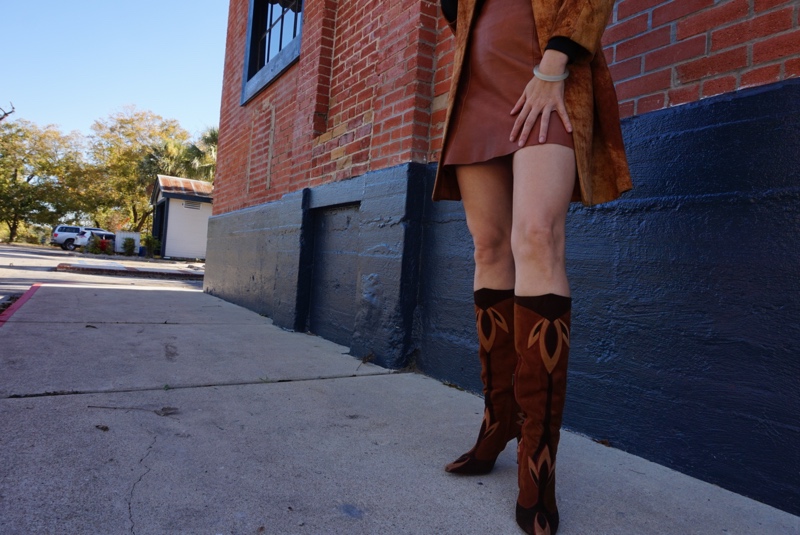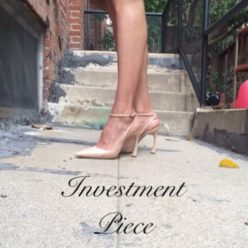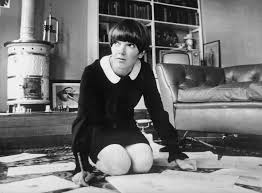
As you may have heard, legendary UK designer Mary Quant passed last week at 93 years young. Quant was known (predominantly in the 1960s) for her use of color blocking, championing the mini skirt, and styling with patterned tights. Mary Quant dressed Twiggy and other “mod” models and stars- as well as everyone in the 1960s and beyond that were ready for “new” and “modern”!
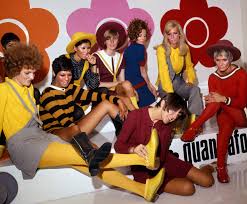
Every time there is a designer who has affected how I dress (and I have been known to rock color blocking and mini skirts!) I love knowing about them-so here is all about Mary Quant, and how she still inspires how we dress today.
Dame Barbara Mary Quant (11 February 1930 – 13 April 2023) was a British fashion designer and fashion icon. She became an instrumental figure in the 1960s London-based Mod and youth fashion movements, and played a prominent role in London’s Swinging Sixties culture. She was one of the designers who took credit for the miniskirt and hotpants. Ernestine Carter wrote: “It is given to a fortunate few to be born at the right time, in the right place, with the right talents. In recent fashion there are three: Chanel, Dior, and Mary Quant.”
Mary Quant was born to school teachers, who originally dissuaded her love of fashion and pursuing that career. Quant studied illustration and art education at Goldsmiths College for which she received a degree in 1953. In pursuit of her love for fashion, after finishing her degree, she was apprenticed to Erik Braagaard, a high-class Mayfair milliner on Brook Street next door to Claridge’s hotel. “Good taste is death,” Mary Quant once famously said. “Vulgarity is life.”
Quant did not like clothes as they were in the 1950s. She saw the tight, corseted silhouettes popularized by high fashion houses like Dior as too limiting. They didn’t make sense for young women coming of age in the second wave of feminism. Instead, Quant wanted clothes that reflected the pleasure of being alive. When she couldn’t find that in stores, she decided to make it herself with fabrics bought from Harrods.
Quant initially sold clothing sourced from wholesalers in her new boutique in the Kings Road named Bazaar. The bolder pieces in her collection started garnering more attention from media like Harper’s Bazaar, and an American manufacturer purchased some of her dress designs. Because of this attention and her personal love for these bolder styles, she decided to take designs into her own hands. Initially working solo, she was soon employing a handful of machinists; by 1966 she was working with a total of 18 manufacturers. A self-taught designer inspired by the culture-forward “Chelsea Set” of artists and socialites, Quant’s designs were riskier than standard styles of the time. Quant’s designs revolutionised fashion from the utilitarian wartime standard of the late 1940s to the energy of the 1950s and 1960s’ cultural shifts. She stocked her own original items in an array of colours and patterns, such as colourful tights.
Quant’s impact did not just come from her unique designs; in her boutique she created a special environment, including music, drinks, and long hours that appealed to young adults. This environment was unique for the industry, as it differentiated from the stale department stores and inaccessible high-class designer store environments that had a hold of the fashion market. Her window displays with models in quirky poses brought a lot of attention to her boutique, where people would often stop to stare at the eccentric displays. She stated that “Within 10 days, we hardly had a piece of the original merchandise left.”
For a while in the late 1950s and early 1960s, Quant was one of only two London-based high-class designers consistently offering youthful clothes for young people. The other was Kiki Byrne, who opened her boutique on the King’s Road in direct competition with Quant.
In 1966, Quant was named one of the “fashion revolutionaries” in New York by Women’s Wear Daily, alongside Edie Sedgwick, Tiger Morse, Pierre Cardin, Paco Rabanne, Rudi Gernreich, André Courrèges, Emanuel Ungaro, Yves Saint Laurent and Baby Jane Holzer.

Quant can be seen as an early example of turning a fashion label into a brand. She designed her logo, a black and white daisy, in the 1950s, which went on to appear on packaging for her clothes. A cheaper line, the Ginger Group, launched in 1963, as well as tights and a successful makeup line. Mary Quant Cosmetics, launched in 1966, was her calling card even as attention on her clothes waned. The cosmetics line remains in existence.
In recent years, the designer has appeared on the radar of a younger generation. A 2019 exhibition at the V&A was the first in 50 years and included 35 pieces sourced from a public call-out. This was followed in 2021 with a documentary, Quant, directed by Sadie Frost, featuring names including Vivienne Westwood, Kate Moss and Edward Enninful. Her friend Jasper Conran summed up her legacy best: “Mary Quant is, without a doubt, one of the most important British designers ever.”
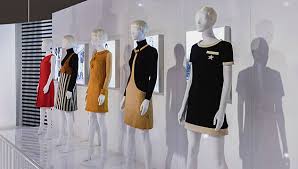
When learning about her death, several stars of the 19060s had this to say about Mary Quant:
1960s fashion icon Twiggy, whose real name is Lesley Lawson posted on Instagram: “Mary Quant was such an influence on young girls in the late 50s early 60s. She revolutionised fashion and was a brilliant female entrepreneur.
“The 1960s would have never been the same without her.
Fellow fashion designer Sir Paul Smith said she was a “brave innovator who was constantly modern, willing to shock and blessed with a business and personal partner [Greene] who could help turn her ideas into reality.”
Photographer and model Pattie Boyd tweeted that Dame Mary had made her and her first husband George Harrison’s coats when they wed in 1966. “A true icon,” she said as she shared a photo of the wedding day.
I can look at my closet and see the mini skirts, the patterned tights, and color blocking. And upon reading about Mary Quant (not just knowing about her fashion), and seeing how her philosophy and attitudes towards fashion are so similar to my own, and it made me love her.
One of my favorite quotes? In the 1985 Thames TV interview, Quant also mused, “Fashion is about life. It’s about everything…I think fashion anticipates. It seems to get there first and everything unravels behind it.” Quant was also there first, and the viral mini skirts of today certainly wouldn’t have been possible without her.
Here’s to mini skirts, to loving what you’re wearing and marking your own path! And to Mary Quant!
More reading can be done here, here, and here.
When any designer I loves passes, I have a (I refuse to feel guilty for my pleasures) pleasure of looking up their designs that I can buy. Below I’ve linked a few Mary Quant pieces that I love- from tights to outfits. You can find so so many more on the GEM app (I get no commission from that, it’s just a great resource for any and all vintage shopping!). I would love to know about your Mary Quant fashion stories!
XO RA
Note: The following are affiliate links. That does not increase the price for you, but I may earn commission from them. Thank you for your support!
